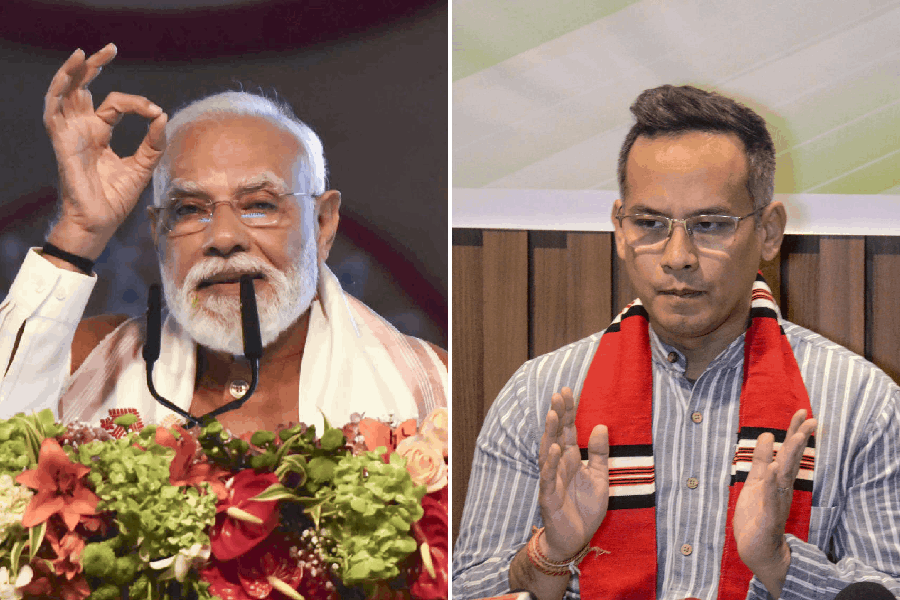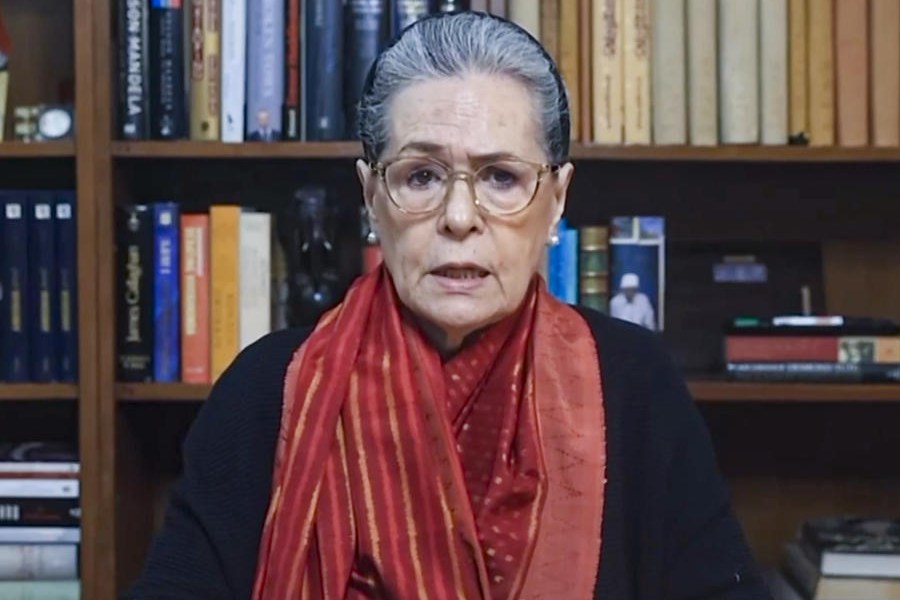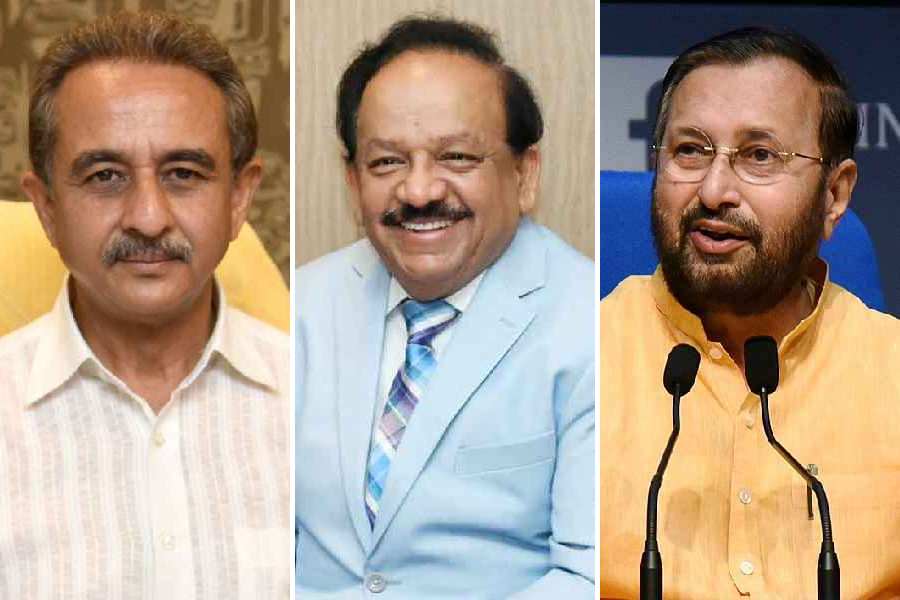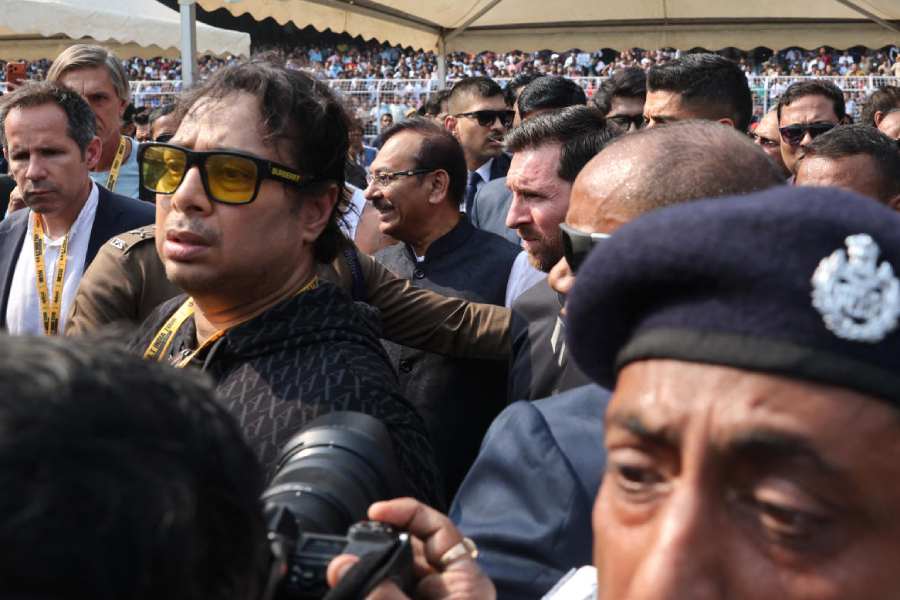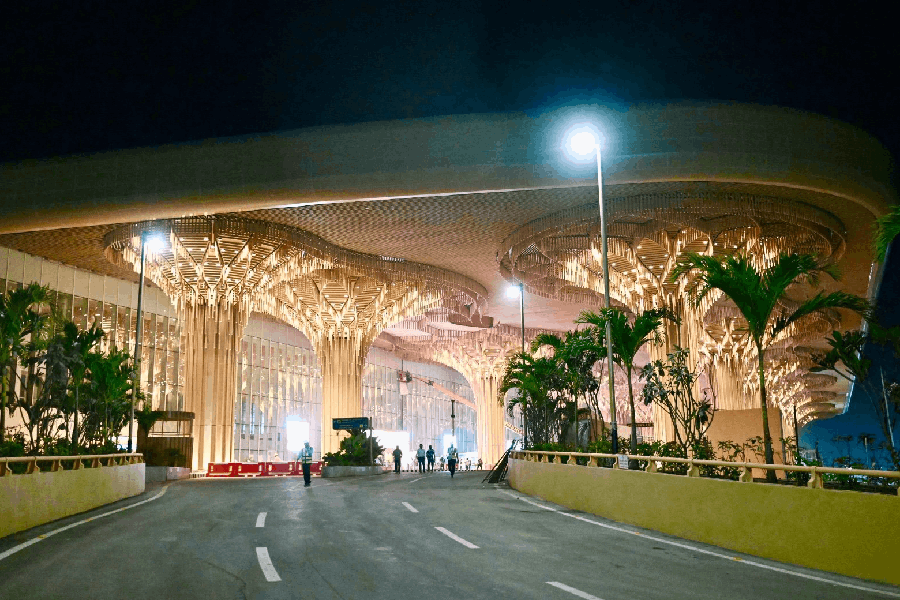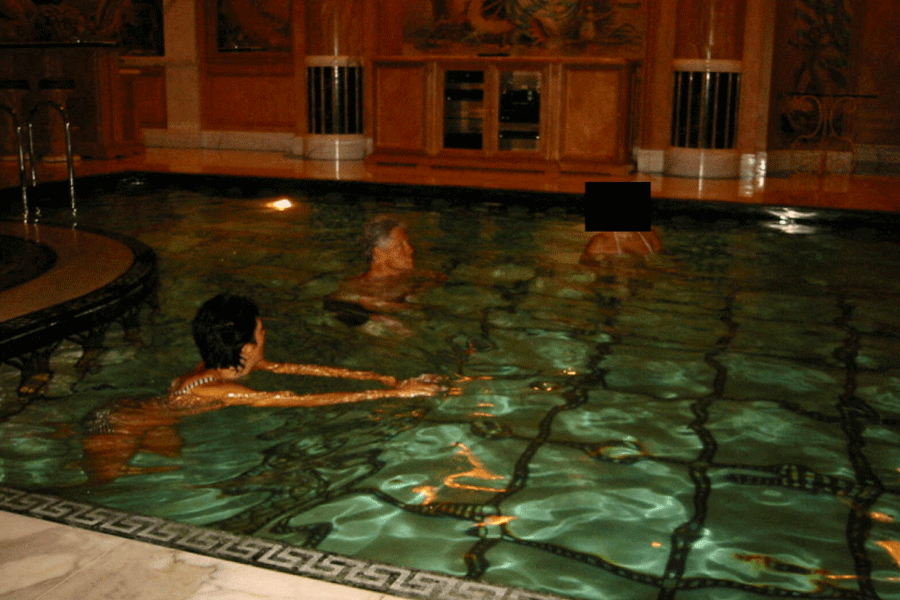 |
| PIC BY A. Prabhakar Rao |
Pullela Gopichand is surrounded by budding stars. There’s his most famous protégé, the gritty Saina Nehwal who has fought her way to the second spot in the world and who’s now in training for the World Badminton Championship in Paris later this month. Then, there are others too like 15-year-old P.V. Sindhu who’s the national badminton sub-junior champion and world junior number five. Or look at P. Kashyap, who’s ranked 25 among the men globally.
It’s hard to miss the excitement at the ace badminton coach’s gleaming Pullela Gopichand Nimmagadda Foundation Badminton Academy at Gachibowli, Hyderabad, these days. The large eight-court badminton hall is packed with budding badminton stars who are determined to smash their way to the top of the badminton world order. The youngsters exude a quiet confidence now that one of their number — Saina Nehwal — has shown that Indians can be up there with the best and that the Chinese aren’t invincible.
Indeed, the Gopichand Badminton Academy has emerged as a powerhouse of Indian badminton. “It feels great,” says Pullela Gopichand, former All-England Badminton Champion of Nehwal’s gritty climb to the number two rank after the Chinese Yihan Wang.
 |
| After reaching the world number two rank, Saina Nehwal is busy training for the forthcoming World Badminton Championship with coach Pullela Gopichand |
Gopichand’s not resting on the laurels though — and he’s confident of producing more Nehwals too. Says Gopichand: “There’s no magic pill. We’re not doing anything different, just good training, good fitness and good food.”
Of course, Nehwal’s success, especially her recent title wins at the Indian Open Grand Prix Gold, the Singapore Open Super Series and Indonesian Open Super Series, has given a huge boost to the sport — and to the Gopichand Badminton Academy. “It [Saina’s success] has come earlier than I expected. Because of her, badminton in our country is looking good. People are following the sport and she’s been a great role model for youngsters too,” says Gopichand.
Indeed, he’s been “turning down two students a day” ever since he opened his Academy in 2008 — he was coaching from the nearby Gachibowli Indoor Stadium earlier. He’s set up a top- class residential academy with eight badminton courts, a gym, running track, swimming pool, 20 air-conditioned rooms for players et al.
Earlier this year, the Academy was designated as a nodal Asia Training Centre by the Badminton Asia Confederation. And last month, he opened a satellite academy in Gwalior in collaboration with the Madhya Pradesh government. He’s already got 19 players there.
 |
| The Gopichand Badminton Academy has top-notch facilities to meet all the training needs of a badminton player; Pic by A. Prabhakar Rao |
Meanwhile, at Gachibowli, Gopichand has around 150 students, of whom 25 are in residence all-year-round. He sets a punishing pace and is at the academy from 6.30am to 7.30pm each day. He’s on court almost seven hours of these playing with not just seniors like Saina but with the younger ones too.
A strict disciplinarian, Gopichand’s coaching style is straightforward. “There’s no quick fix. Hard work and training give good results in matches,” he says.
“I’ve been able to perform early in my career because of him. He’s always thinking about the weak areas and how to improve them,” says Nehwal. Adds budding star Guru Sai Dutt, who’s ranked 39th in the world: “He’s very tough on court but very friendly off it. The best thing is he quickly adapts the training schedule if some aspect is weak, which is very important.”
For now, the spotlight is on the forthcoming World Championships followed by the Commonwealth Games in October and the even tougher Asian Games — the Chinese will be there, remember — in November.
Gopichand has been chief coach to the national badminton team since 2006, and he’s hopeful about India’s prospects at the world championship. Actually, he believes that Indian badminton is doing well despite the usual infrastructure and funding constraints.
For instance, the Sanave Thomas-Rupesh Kumar men’s doubles team is among the top 15 in the world while Jwala Gutta and V. Diju are among the top 10 mixed doubles pairs. Among the men, Chetan Anand is ranked 15th in the world while Kashyap is 25th. “Given the facilities, we’re giving fantastic results,” he says.
 |
 |
| P. Kashyap and Guru Sai Dutt (top) are among the budding badminton stars emerging from Gopichand’s academy |
True, he has to battle political interference but it’s par for the course, he feels. At the Academy, meanwhile, he’s in full command. “I didn’t like our system very much. I won the All-England when I was 27. Had I won it at 23, I would have had four-five years of the best badminton that I could have played,” he says.
That happened because he had to resort to “trial and error” on every aspect of his game from fitness to training to scheduling international matches. At the academy, he’s compressed that process now. “I’m so happy for Saina because she’s at 20 what I was at 27. And that’s great to make a player reach his potential at an early age,” he says.
It wasn’t easy setting up the academy though. The Andhra Pradesh government gifted him the land but he had to mortgage his house to construct it. “Luckily, we got a sponsor in N. Prasad of Matrix Labs,” he says. He’s spent about Rs 10 crore on it so far. But he’s almost exhausted the corpus now and is looking for more sponsors.
Gopichand says he’s designed the academy to provide everything a badminton player needs. For instance, till 2008, Saina would have to use a hotel gym or club swimming pool to train. “Now, whatever is required is available here,” he says.
Given that badminton is a gruelling sport and given Gopichand’s own accent on it, fitness is a key part of the training. And he’s also incorporated Yoga and meditation — he’s a keen practitioner of it.
Gopichand’s keen to draw players at a young age now. But his own tryst with badminton only began at 11 — after his parents moved to Hyderabad from a village in coastal Andhra. “I didn’t think I’d play professional badminton then,” he says.
He was always focused though and discipline came naturally too. “I loved the sport and I would do anything to play better,” he says.
While he kept playing badminton competitively through school, it was only at 18 that it became a career. It helped that his siblings were academically inclined — his brother went to IIT Madras and his sister was good in studies too. “Since my only chance to continue playing was to excel in it, there was a lot of pressure at home to perform. Luckily, I wrote my IIT entrance exam and luckily, I failed,” he recounts.
Instead, he won the junior nationals, after which his mother applied for jobs for him, and he landed his first one at Tata Steel at 18. “That sealed the course that I would be a badminton player,” he says.
Nevertheless, he went through tough times especially as he underwent four knee surgeries between 1994 and 2002. At one point after the 1994 injury, he wasn’t sure he’d come back. But he was determined. “The injuries only showed me how deeply I loved the sport. Each time I was out, I worked doubly hard to ensure that I came back,” he says.
 |
| Gopichand with the All-England Championship trophy in 2001 |
He went on to win five national championships in a row from 1996. And he fared well internationally too, winning Grand Prix titles like the Scottish Open and Toulouse Open in 1999-2000. The pinnacle, of course, was the All-England Championship in 2001 — he was the first Indian to win it after Prakash Padukone did so in 1980. “It’s more precious to me today than it was the day I won it,” he says now.
Given his all-consuming passion for the game, coaching was a natural choice for Gopichand. By 2003, he was already coaching informally and he set up his academy in 2004.
Now, he’s confident of producing many more Nehwals. Already, there are budding stars like Kashyap, Guru Sai Dutt, B. Sai Praneeth, H.S. Prannoy and Saurabh Verma among the boys. And among the girls, he’s got his hopes on junior champion Sikki Reddy, Sindhu and also 14-year-old Rituparna Das of Haldia.
Take Kashyap, who reached the semis at the recent Singapore Open. “I want to break into the top 20,” says Kashyap, who has been training under Gopichand from 2005. “Till 2005, I’d never won a single tournament. It’s all credit to Gopi anna,” he adds.
Gopichand believes his senior players like Saina and Kashyap will set the pace and provide “fantastic role models” for younger players. As for Saina, the going will only get tougher. “Now, just to stay at number two, you need a win each time and that’s going to put pressure. This time next year, for instance, she’ll be under tremendous pressure to defend these three titles,” he says.
But he’s confident she’ll handle it. “If she continues to have the same desire to win and remains fit and injury-free, she has at least another seven to eight years ahead, in which she can produce fantastic results.” Meanwhile, he’s sure to serve up other smash winners too.


